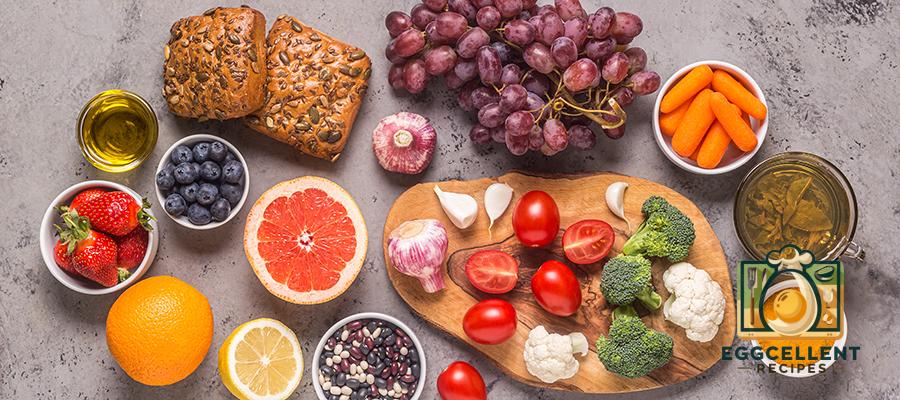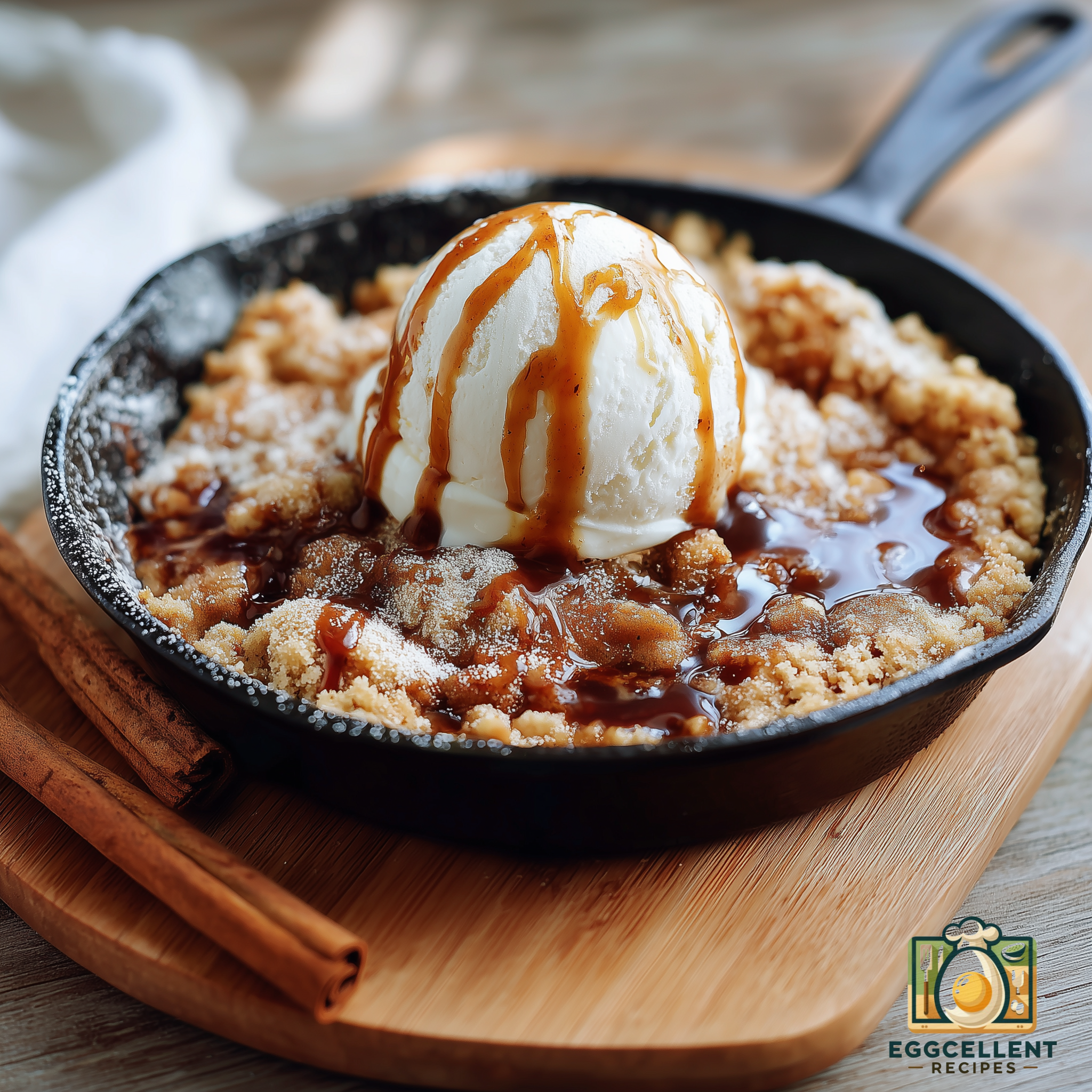
In today’s world, sugar is everywhere – from your morning coffee to your afternoon snack. While it may add sweetness to your food, consuming too much sugar can negatively impact your health, leading to weight gain, energy crashes, and even increasing the risk of chronic diseases like diabetes, heart disease, and obesity. A sugar detox is a great way to reset your body, reduce sugar cravings, and improve your overall well-being. In this article, we’ll guide you through how to do a sugar detox, explain its benefits, and provide tips to make the process easier.
Why Do a Sugar Detox?
A sugar detox involves eliminating or drastically reducing added sugars from your diet for a set period of time, usually ranging from a week to a month. The goal is to reset your body’s relationship with sugar and help you break the cycle of sugar cravings. There are several key benefits to doing a sugar detox:
- Improved Energy Levels: Reducing sugar can help prevent energy spikes and crashes, leading to more stable energy throughout the day.
- Weight Loss: Cutting out added sugars can help you reduce empty calories and promote healthy weight loss.
- Better Digestion: A sugar detox can help improve gut health, as high sugar intake is linked to digestive issues like bloating and gas.
- Reduced Inflammation: Excessive sugar intake is a known contributor to inflammation in the body, which can lead to chronic diseases.
- Balanced Blood Sugar: Lowering your sugar intake helps stabilize blood sugar levels, reducing the risk of insulin resistance and type 2 diabetes.
- Clearer Skin: Many people notice improvements in their skin, such as reduced acne or dullness, after cutting out sugar.
How to Start a Sugar Detox

Embarking on a sugar detox can seem daunting, especially if you regularly consume sugar. However, with proper planning and the right mindset, it can be a manageable and rewarding experience. Here’s a step-by-step guide to help you get started.
1. Set a Clear Goal
Before starting your sugar detox, set a clear goal for how long you want to eliminate sugar and why you’re doing it. Whether it’s to lose weight, boost energy, or improve overall health, having a specific goal will help keep you motivated.
- Example Goal: “I will eliminate added sugars for 14 days to increase my energy levels and improve my skin health.”
2. Identify Hidden Sugars
Sugar can be found in many foods where you might not expect it, including bread, sauces, salad dressings, and even snacks marketed as “healthy.” Check food labels for ingredients like:
- High fructose corn syrup
- Sucrose, glucose, or fructose
- Cane sugar or cane juice
- Agave syrup
- Maltose
- Dextrose
- Honey and maple syrup (even natural sweeteners can contribute to sugar cravings)
Tip: Look for foods labeled as “no added sugars” or “unsweetened,” and choose whole, unprocessed foods whenever possible.
3. Gradually Reduce Sugar
For most people, it’s easier to gradually reduce sugar intake rather than cutting it out cold turkey. Start by eliminating obvious sources of sugar like sugary beverages (soda, sweetened coffee, and energy drinks), candy, and baked goods. Then, move on to reducing hidden sugars found in packaged foods.
- Week 1: Cut out sugary drinks and desserts.
- Week 2: Eliminate processed snacks and packaged foods with added sugars.
- Week 3: Focus on eating whole, nutrient-dense foods with little to no added sugar.
4. Eat Whole, Nutrient-Dense Foods

During a sugar detox, it’s essential to focus on eating nutrient-dense foods that provide your body with the vitamins, minerals, and fiber it needs. Replace sugary foods with:
- Fruits and Vegetables: These naturally sweet and nutrient-rich foods provide essential vitamins and fiber without added sugars.
- Whole Grains: Choose whole grains like quinoa, brown rice, and oats, which provide slow-releasing energy and help keep you full longer.
- Healthy Fats: Avocados, nuts, seeds, and olive oil are great sources of healthy fats that help stabilize blood sugar levels.
- Lean Proteins: Incorporate lean proteins like chicken, fish, eggs, tofu, and legumes to keep you satisfied and reduce sugar cravings.
5. Stay Hydrated

Sometimes what you think is a sugar craving is actually thirst. Drinking plenty of water throughout the day helps curb cravings and flushes toxins from your body.
- Tip: Aim to drink at least 8 cups of water per day. You can also add a slice of lemon, cucumber, or mint to your water for flavor without the sugar.
6. Watch Out for Artificial Sweeteners

While artificial sweeteners like aspartame, sucralose, and stevia are often marketed as sugar substitutes, they can still trigger sugar cravings and disrupt your body’s natural relationship with sweetness. During your detox, it’s best to avoid artificial sweeteners and focus on naturally unsweetened foods.
7. Manage Sugar Cravings

Sugar cravings are common during the first few days of a detox, but they tend to subside as your body adjusts. Here are some tips to help manage cravings:
- Eat More Fiber: Fiber-rich foods like vegetables, fruits, and whole grains help keep you full and reduce cravings.
- Snack on Healthy Fats: Nuts, seeds, and avocados can provide satisfying fats that reduce the urge to reach for sugary snacks.
- Exercise Regularly: Physical activity helps reduce sugar cravings by releasing endorphins and improving mood.
- Chew Sugar-Free Gum: Chewing gum can help distract you when you’re craving something sweet.
8. Be Mindful of Your Emotions
Many people turn to sugar for emotional reasons, such as stress, boredom, or sadness. During your detox, it’s important to recognize emotional eating triggers and find healthier ways to cope, such as:
- Taking a walk or doing a quick workout.
- Practicing meditation or deep breathing exercises.
- Journaling about your emotions and cravings.
9. Prepare for Detox Symptoms
As your body adjusts to a lower sugar intake, you might experience detox symptoms like headaches, irritability, fatigue, or bloating. These symptoms are temporary and usually last a few days. Make sure to rest, stay hydrated, and fuel your body with nutrient-dense foods to minimize discomfort.
10. Plan Your Meals

Meal planning is key to a successful sugar detox. By planning and preparing your meals in advance, you’ll be less likely to reach for sugary snacks or processed foods. Focus on balanced meals that include protein, healthy fats, and fiber to keep you satisfied.
- Example Day:
- Breakfast: Scrambled eggs with spinach and avocado
- Lunch: Quinoa salad with grilled chicken, veggies, and olive oil dressing
- Snack: A handful of almonds and an apple
- Dinner: Baked salmon with roasted vegetables and a side of brown rice
11. Celebrate Small Wins
A sugar detox can be challenging, but it’s important to celebrate your progress. Each day that you go without added sugar is a step toward better health. Acknowledge your efforts and stay positive.
After the Detox: Reintroducing Sugar (If Desired)
Once you’ve completed your sugar detox, you can gradually reintroduce small amounts of natural sugars if desired. Focus on consuming whole, unprocessed foods, and limit added sugars to maintain the benefits of your detox.
- Tip: Stick to natural sweeteners like honey or maple syrup in small amounts, and avoid highly processed sugars. Continue reading food labels and make mindful choices about what you eat.
Final Thoughts
A sugar detox is a powerful way to reset your body, break free from sugar cravings, and improve your overall health. By eliminating added sugars, eating whole foods, and managing cravings, you can reduce your sugar intake and enjoy more stable energy levels, better digestion, and clearer skin.
With the right approach, a sugar detox can be a rewarding experience that helps you take control of your diet and make healthier choices for the long term. Start your sugar detox today, and see the positive changes it can bring to your life!






